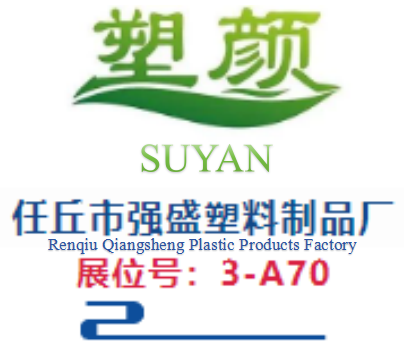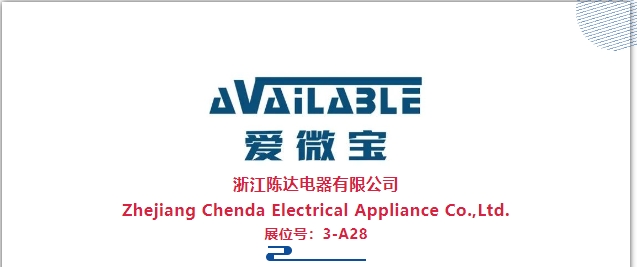
Wine cooler market size will reach USD 3 billion by 2025, growing at a CAGR of 6% during the forecast period.
Wine Cooler Market Size, Share, Trends Analysis Report By Installation (free-standing, countertop, and built-in) Technology (compressor and thermoelectric), Structure (dual-zone and single zone), Application (commercial and residential), Distribution (B2B, specialty stores, online, and others), and Geography (Europe, North America, APAC, Latin America, and the Middle East & Africa) Industry Analysis Report, Regional Outlook, Growth Potential, Price Trends, Competitive Market Share & Forecast, 2020 – 2025.
INDUSTRY INSIGHTS
The need to preserve the quality and avoid unwanted spoilage of wine is driving the global wine cooler market. Since wine becomes detrimental when exposed to air, it should be properly stored at a specific temperature. Therefore, the impressive growth in modern refrigeration technology, which includes thermoelectric and compressor cooling techniques, is influencing several vendors to adopt advanced, robust wine cooling systems across the globe. The availability of convenient temperature controls and separate shelves for red and white wine is influencing the wine storage market. Hence, the rapid growth in refrigeration technology has led to the adoption of wine cooler in the market.
As health-conscious consumers worldwide are oriented toward consuming low alcoholic drinks, which reduces cholesterol and strengthens the heart, the consumption is growing. Studies have revealed that wine helps to live longer, stay healthier, and even protect people against certain types of cancers. Hence, the proven benefits are helping to increase sales, which is favoring the growth of the wine cooler market.
SNIPPETS
- Italy is estimated to be the third-largest wine consuming country in the world. The consumption was more than 22 million hectoliters in 2018 and is one of the factors, which is likely to drive the Europe market
- In the US, the consumer share is more than 40%, where 56% of consumers are female and is also expected that Gen X will surpass baby boomers by 2021 to become the largest wine consuming demographic segment in the country
- In Australia, there are more than 12 million regular drinkers, which are followed by 9.7 million weekly drinkers
- In Mexico, there has been a 40% increase in wine consumption in the past decade, where the per capita consumption is expected to reach around 2 liters by 2020.
WINE COOLER MARKET SEGMENTATION
The research report includes detailed market segmentation by
- Installation
- Technology
- Structure
- Application
- Distribution
- Geography
INSIGHTS BY INSTALLATION
Factors such as price and affordability are expected to bolster the application of free-standing coolers. They are inexpensive and can store up to 150 bottles. These chillers are designed for quick installation and easy maintenance; hence they are witnessing a large-scale adoption in commercial and residential sectors.
The countertop chiller is compact and has a storage capacity of 4–24 bottles. One of the major reasons, which is expected to drive the growth of these appliances, is placement feasibility. Countertop chillers can be mounted on kitchen, bar, or tabletop counters. They are also inexpensive, which is likely to drive occasional drinkers to purchase them.
The built-in wine cooler segment generated over $400 million in 2019. These cooling equipment complement the kitchen space. They are usually installed under the kitchen cabinet. However, the main challenge associated with the growth of the segment is cost and high customization, which drives consumers to opt for other types of coolers. Built-in models are expected to be suitable for households with lower floorspaces.
INSIGHTS BY TECHNOLOGY
Compressor-based technology is likely to bolster the wine cooler market during the forecast period. Compressor-based coolers have a high storage capacity; hence a large number of bottles can be stored at the specified temperature for a more extended period without relying on external temperatures. Vendors are likely to focus on regions such as India, the UAE, and China to increase the penetration of compressor-based products due to humid temperature conditions. Compressor-based technology is expected to be widely applied for dual zoned coolers in countertop and free-standing types owing to their impressive cooling systems.
The thermoelectric wine cooler segment generated a revenue of over $900 million in 2019 and is likely to touch over one billion by 2025. This cooling technology offers useful features such as zero noise and vibrations. It is energy-efficient, eco-friendly, and reliable to preserve quality. However, the technology is expected to be ineffective for storing more than 20 bottles and relies on the external temperature, hence it is not recommended for hot and humid regions.
INSIGHTS BY STRUCTURE
The dual-zone cooler extensively caters to commercial spaces where the storage demand is high. They consist of two different sections with varying temperature options, thereby helping to store red and white wine at the same time. Single-zone cooling equipment is designed to hold a small number of bottles at a constant temperature. These coolers utilize thermoelectric cooling techniques and are witnessing adoption in the residential sector due to their energy efficiency. They are inexpensive and can hold up to 25 bottles. Single-zone cooling equipment is likely to witness increased sales in growing markets such as APAC, Latin America, and MEA.
INSIGHTS BY APPLICATION
The increased consumption of wine in restaurants, especially in Italy, Mexico, and the US is likely to emerge as a major driver of the growth of the wine cooler market. Further, the increasing popularity of social drinking is expected to be a key influencer for the growth of commercial equipment.
The growing disposable income, a high preference among millennials, and the need to prevent bacterial growth in drinks have led to the adoption of the cooler in the residential sector. Wine has become an essential beverage in birthday parties and family reunions. Therefore, the increasing acceptance of the beverage in socializing events is a major contributor to the residential segment growth.
INSIGHTS BY DISTRIBUTION
B2B channels are major distributors in the wine cooler industry. The requirement of chillers is high in the business sector and is likely to be one of the major factors responsible for the growth of the market by 2025. Specialty stores cater to consumers in the residential sector. The consumers from the Asia Pacific are likely to buy from these stores as they enable them to have a broad scope and knowledge regarding the working of a wine chiller. Moreover, new collection members are expected to acquire technological assistance from agents and supervisors in the store.
INSIGHTS BY GEOGRAPHY
Europe holds the largest wine cooler market share and is expected to increase its revenue contribution on account of a large number of wineries and vineyards in the region. The growing number of export and import facilities from Italy, France, Germany, and Spain is expected to fuel the consumption of wine, thereby influencing wine cooler sales. The millennials in the UK and Italy are likely to be prominent in wine consumption and are expected to surpass baby boomers during the forecast period.
North America is estimated to be the fastest-growing region across the world due to the rapid drinking among US and Canadian households. The increasing consumption among females, especially in New York, Texas, Florida, and California, is also likely to influence market growth. The US market accounted for more than 75% of the total wine cooler market in North America. The United States has a presence of more than 100 wineries in 13 states. The APAC region is expected to increase its revenue share due to the presence of Australian vineyards, which are one of the largest wine exporters in the world.
COMPETITIVE LANDSCAPE
The global wine cooler market share is highly fragmented, with a large presence of vendors. The product is highly tech-oriented, and the difference lies in the application of advanced innovative technology at an affordable price. The cost factor significantly influences expensive chillers in developing countries such as India, where the middle-class population constitutes a major share of the total population.
Vendors enforce to think from the customer point of view, thereby trying to promote the value-oriented approach. Vendors gain an edge over their competitors by improving customer support, quality, and aftersales services. Europe and North America are the crucial markets for alcohol consumption. The competitors in these regions are expected to rely on wine cooler, which are energy-efficient, eco-friendly, and value-oriented. The acquisition of small and effective vendors can help large vendors to increase production and reachability. This strategy helps them to reduce competition and extend business opportunities with wide distribution channels. Haier, Electrolux, Viking Range, and Vinotemp are the leading players in the industry.

























